Many people dream of raising chickens in their backyard to enjoy farm-fresh eggs. But before you build that chicken coop it’s important to research how much chickens cost. There are many factors that contribute to the overall expense of keeping chickens. In this article we’ll provide a detailed breakdown of the costs involved so you can determine if chickens are the right addition for your homestead.
Initial Costs of Getting Started
When starting a backyard flock, you’ll first need to budget for several one-time startup costs. These include:
Chicken Coop
One of the biggest initial investments is building or purchasing a secure chicken coop to house your flock. A basic 6′ x 6′ wooden coop for 4-6 chickens costs $300-$600. Larger or more elaborate coops with added features can range from $1000-$5,000.
Chickens
Chickens themselves represent a significant starting cost. Baby chicks cost $3-$5 each. Young pullets (adolescent hens) are $15-$25 per bird. Laying hens can range from $20 for basic breeds up to $100 for specialty breeds like Silkies or Polish Cresteds. Most standard flocks have 4-8 chickens.
Supplies
You’ll need essentials like feeders waterers nesting boxes, bedding, feed scoops, and supplements. Plan on spending $50-$100 to get fully stocked up.
Protective Measures
Predator-proof any gaps or openings with wire mesh or hardware cloth ($50-$100). Install latches and locks to deter predators.
All said, you’ll invest around $500-$1,000 just getting started. But much of this is a one-time purchase that will last for years.
Ongoing Monthly Expenses
Once your coop is up and running, you’ll have regular monthly expenses to cover:
Feed
Quality feed ensures healthy chickens and maximum egg production. A standard layer feed costs $15-$20 for a 50 lb bag, which lasts 2-3 weeks for a small flock.
Bedding
Replace bedding materials like straw or wood shavings regularly to keep the coop clean. Budget $10-$15 per month.
Healthcare
Annual exams, vaccinations, and medications will likely run you $50-$75 per year.
Miscellaneous
Other sporadic costs like treats, cage cleaning supplies, Coop repairs and replacements as items wear out over time. Budget $10-$20 per month.
In total, expect to spend around $40-$60 monthly for a standard backyard flock after startup.
Cost Breakdown by Chicken
Figuring about $50 per month for a starter flock of 4 hens gives you a cost of approximately $12.50 per chicken monthly. Annually, it works out to $150 per chicken. Over an average 5 year lifespan, raising one chicken will cost around $750.
Here’s a look at the per chicken cost breakdown:
-
One-Time Coop Cost: $100-$250 per chicken
-
Purchase Price: $20-$100 per chicken
-
First Year Supplies: $50-$100 per chicken
-
Feed: $10-$15 per month
-
Bedding & Healthcare: $5-$10 per month
Of course, costs ultimately depend on your specific choices – breed, coop size, feed type, flock size, etc. But this gives a realistic estimate of what to budget for each bird.
Ways to Save Money Keeping Chickens
While chickens aren’t free, there are ways to reduce costs:
-
Build your own basic coop from salvaged materials
-
Buy feed in bulk quantities for price discounts
-
Let chickens free range to supplement diet
-
Use compost and food scraps as feed
-
Collect fallen leaves for free bedding
-
Prevent illness through proper care and nutrition
Cost Comparison: Store Eggs vs. Homegrown Eggs
A major motivation for many backyard chicken keepers is enjoying fresh eggs. But is it cheaper to raise your own eggs versus buying at the grocery store?
Commercial eggs cost $1.00-$1.50 per dozen on average. A homegrown dozen costs about $2.50-$4.00 to produce when you account for all the expenses per chicken.
So from a purely financial standpoint, store-bought eggs are more economical. But for many, the extra cost is worthwhile to enjoy the experience of raising chickens and having a steady supply of eggs from well-loved pets.
Is Keeping Chickens Worth the Cost and Effort?
At the end of the day, keeping chickens requires an investment of both money and labor. But those who take the leap often find great satisfaction and joy in raising their own flocks.
While chickens aren’t cheap pets, they can provide companionship along with the life skill of caring for animals. And the rewards of fresh eggs and pest control are well worth it for many.
Chickens may not be a money-saving venture. But approach flock management as an enriching hobby with many perks, and you may just find the costs worthwhile to enjoy homegrown food and feathered friends.

The cost of raising chickens in the backyard is determined by:

Chicken Coop –
There is a massive variation in the types of coops and how much each will cost. Those with the DIY gene might prefer to build their coop from scratch. For the rest, there are a variety of prebuilt chicken coops like A-Frame Chicken Coops, and Barn-style Chicken Coops that can house flocks ranging from coops for one chicken, to coops for 100 chickens (and beyond)!
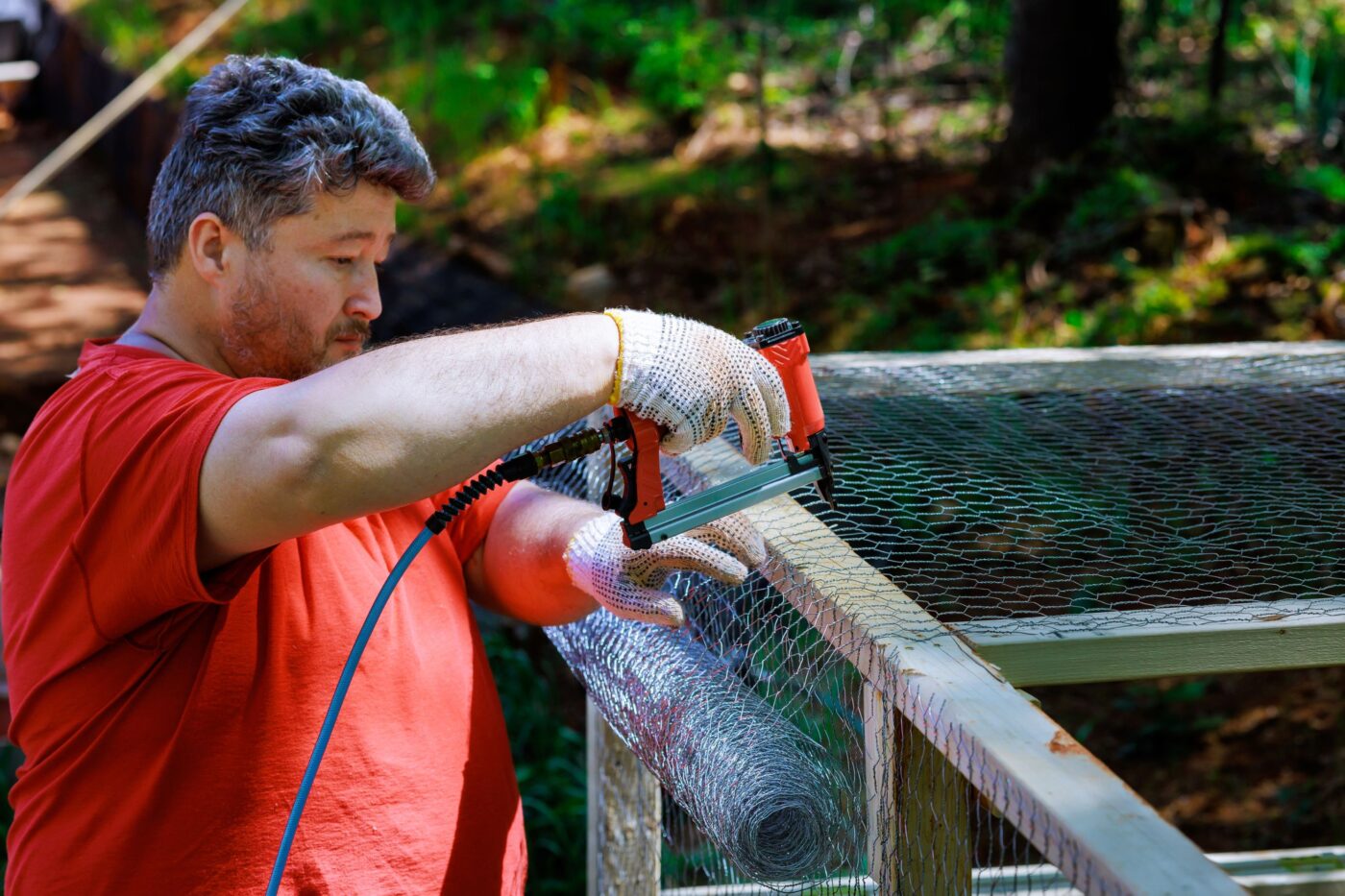
If you’re especially handy, you may be able to construct a coop out of recycled materials at a very minimal cost. Old boards, sheet metal, and fencing; all make great chicken coop components. Someone even used an old washing machine! If you do use recycled materials, be sure they don’t contain anything that will harm your chickens. Sharp edges, loose wires, and rusty nails are all hazards to look out for when using recycled materials to construct an animal shelter.
Alternatively, you could go the route of building your coop with new materials. There are plenty of chicken coop plans for sale or for free. If you want to channel your inner architect, go ahead and create your design. Remember, a quality coop should include nesting boxes and roosting areas off the ground and provide each chicken with about 3 square feet of space inside the chicken coop. It’s also a good idea to include an outdoor run area that gives your birds access to the dirt while still offering protection from predators.

If you’re not sure you have the skills required to construct a coop yourself, or you just don’t have the extra time and energy it would take a prefab chicken coop is probably the route to go. When selecting a chicken coop, make sure it’s manufactured by a company that understands chickens and their needs. A high-quality coop will contain nesting boxes, roosting spaces above the ground, and good ventilation. It will also be secure against anything that might want to get in and eat them.
An enclosed outdoor run is also highly recommended, since this allows your birds access to dirt and grass, without exposing them to predators. When figuring chicken coop into the cost of raising chickens, it’s important to remember that a coop is a long-term investment. The more years you plan on raising backyard chickens, the lower the per-year cost of your coop. Over 5 years, it’s safe to figure on a coop being about 30%-50% of your total costs. You can get a free quote on an Amish-built chicken coop here.
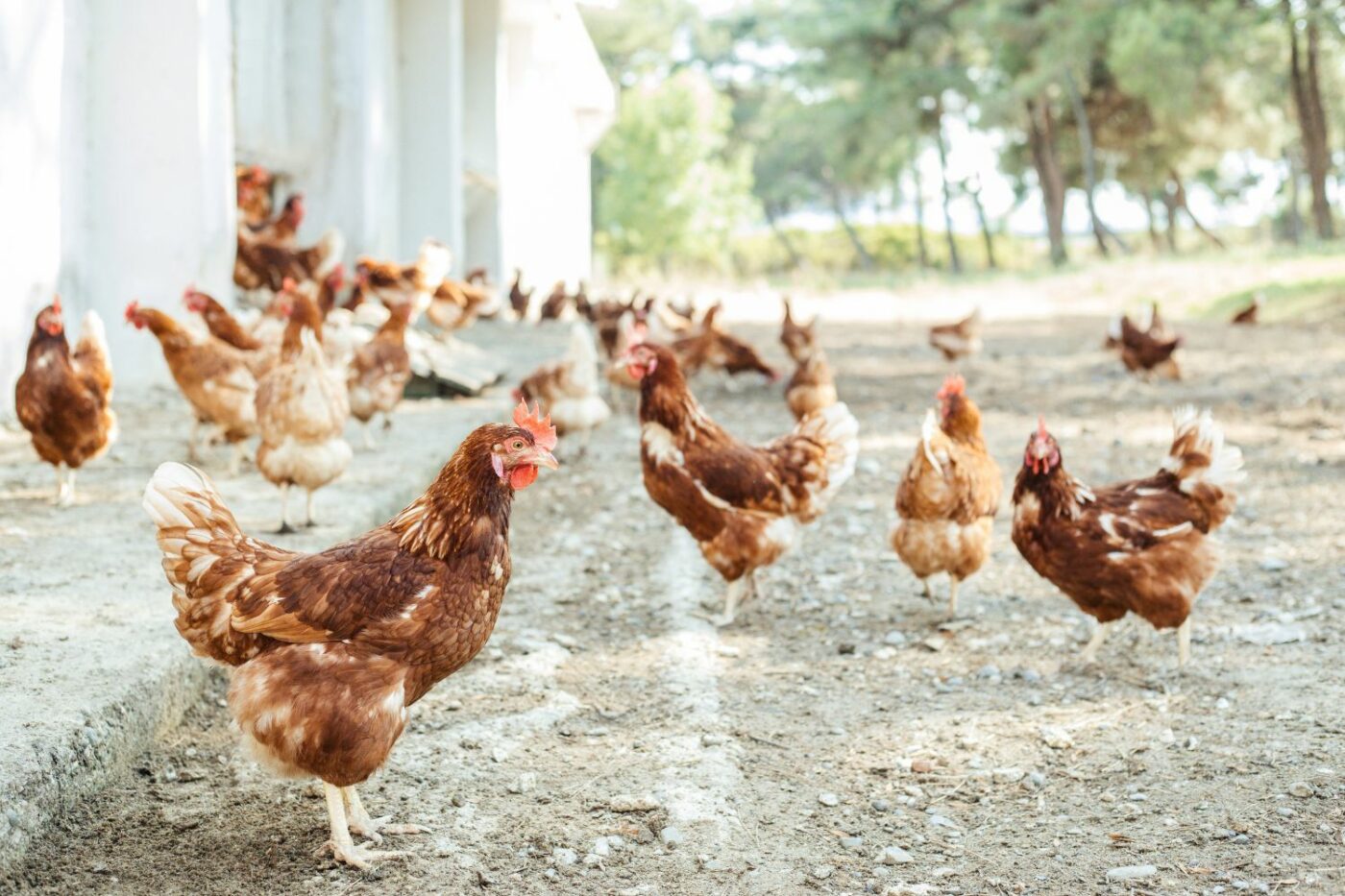
The birds themselves are one of the upfront costs of raising chickens. The exact cost varies quite a bit depending on the breed of the bird and its age at the time of purchase. When it comes to breeds, the average cost is around $2.00-$5.00/bird for day-old chicks of common varieties like Rhode Island Red, Plymouth Rock, and Australorp. For chicks of rarer breeds, like some types of Easter Eggers, the cost can be up to $30/bird.
There are roughly 4 ages at which chickens are commonly sold: day-old chicks, pullets, point-of-lay birds, and adult hens.
These are the cheapest to purchase upfront, but they will also require the largest amount of feed and other supplies before you start to get any return in terms of eggs. For the first while, they will need to be kept in a brooder with a heat lamp, which will require extra work and attention. When purchasing chicks, keep in mind that even with the best care there is a good chance that one or more chicks from any given flock won’t survive to adulthood.
Pullets are generally sold at 6-10 weeks of age, although some folks consider birds up to 20 weeks as pullets. By this age, they’ve grown out feathers and can survive being moved to an outdoor coop. This is a great age to purchase chickens, since they require much less attention than new chicks, but can still be easily tamed. The cost for pullets is usually about $12-$20 more than a day-old chick of the same breed.
It’s pretty much what it sounds like; these are hens that are just ready to start laying. The benefit of this is obvious: hopefully no months of waiting to start enjoying eggs from your backyard flock! These birds are generally sold around 16-22 weeks depending on the breed. Again, prices vary, but they are usually only a few dollars more than pullets.
To guarantee that you’ll get eggs right away, an adult hen is the best choice. These are not commonly sold by hatcheries; you’ll probably need to find someone with chickens willing to sell them privately. The cost will generally be a few dollars more than a younger bird. The benefit is that the seller might be able to tell you roughly how many eggs to expect per week.
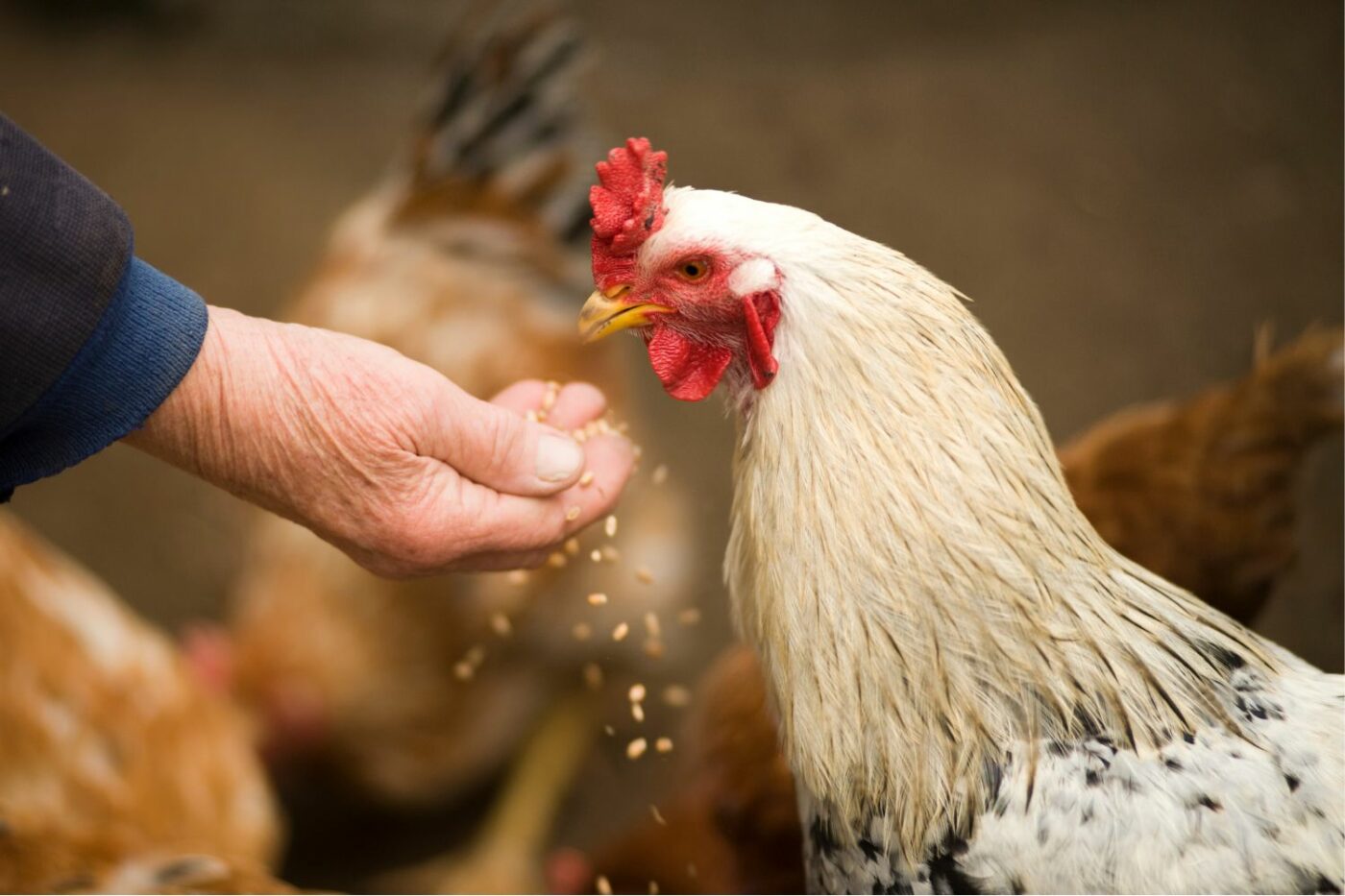
This is the biggest reoccurring cost of raising chickens. A chick will eat an average of 1 pound of feed per week for its first 10 weeks. A mature bird will need approximately 1.5 pounds of feed per week, although that number can go down if they’re able to free-range for some of their food. Chickens also love kitchen scraps! So how does feed affect the cost of raising backyard chickens? You’ll want to start chicks with “Crumbles” or chick starter feed, which usually costs from $0.50 -$0.75/lb., with organic options being on the more expensive end. Layer pellets for adult chickens can cost from $0.25 – $0.75/lb. with some organic options costing as much as $1.50/lb.
Scattering cracked corn on the ground can be an excellent supplement to other feed: it can cost under $0.20/lb. and allows chickens to exercise their instincts to scratch and peck for their food. Remember two tips that will help you save on your feed costs: buying feed in bulk will bring down your cost/lb. drastically and the more kitchen scraps you can feed your chickens, the less store-bought feed they’ll require!
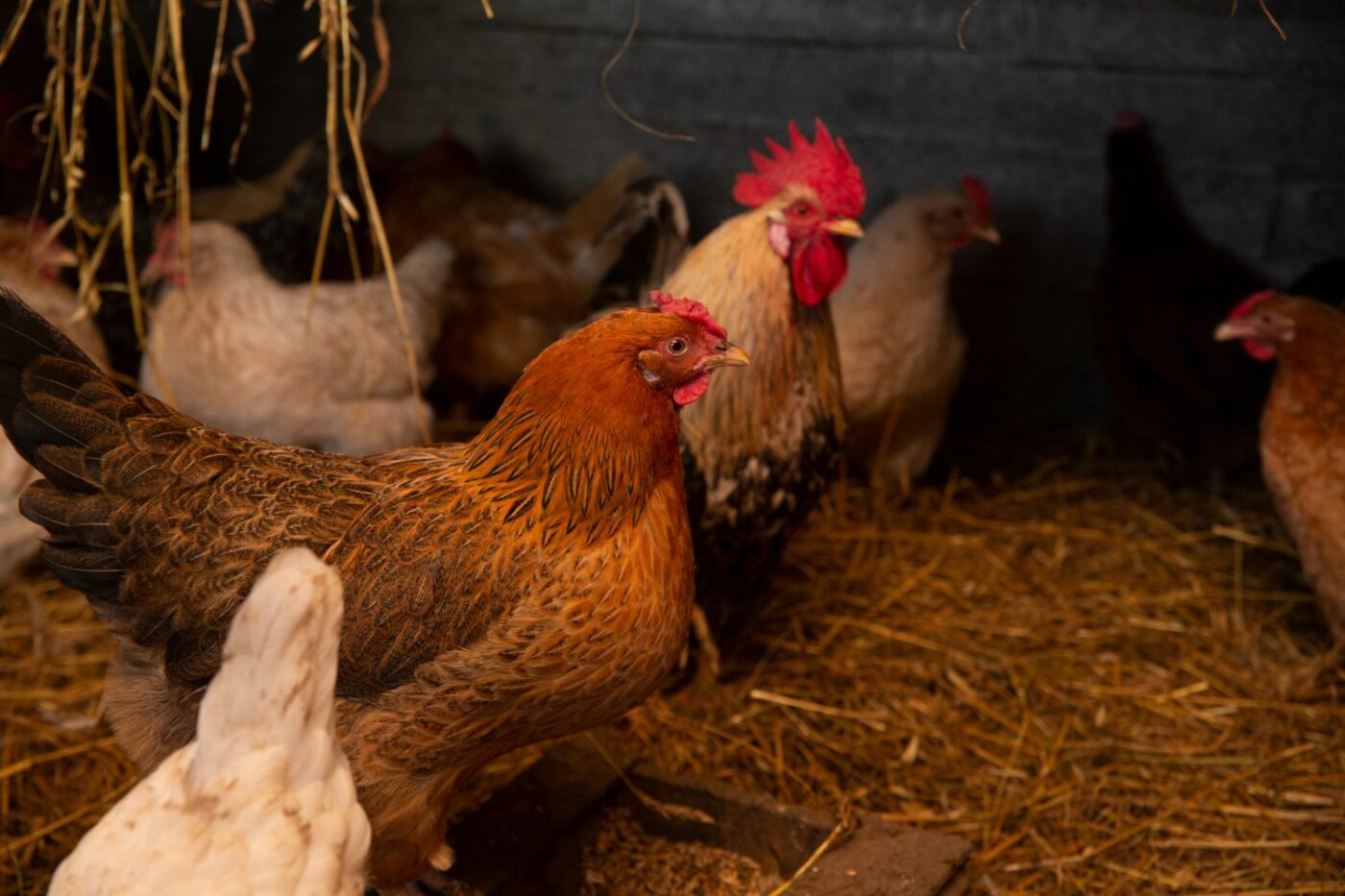
This is the other ongoing cost of raising chickens, but good composting techniques can provide some additional return on investment. There is an incredible variety of bedding materials that chicken owners use in their chicken coops including straw, wood shavings, hemp, shredded paper, pine needles, sand, wood chips, grass clippings, dirt, and dried leaves. While each method has its fans, we’ll focus on wood shavings, straw, and hemp as they are the most popular, due in part to their compostability and easy availability at most hardware or animal supply stores.
Straw has been the chicken bedding of choice for centuries, as it was readily available on most farms. It is still a popular choice since chickens enjoy picking through it and it’s easily compostable. The downside of straw is that it can be more expensive and harder to find in some areas, compared to other bedding types. It also needs to be kept fresh and clean, as damp straw is the perfect breeding ground for several pests and diseases (like aspergillosis). Straw generally costs from $5 to $10 per bale (14”x18”x36”).
Wood shavings may currently be the most popular type of bedding for chickens since they are easy to buy at most farm or home improvement stores. Stick with larger shavings as smaller sizes can be quite dusty. Don’t use sawdust! Wood shavings are popular because they’re usually easier to clean out than straw. The high acidity in the wood can also balance out the high levels of nitrogen found in chicken manure. A compressed bale of wood shavings (3 cubic feet) costs around $6 to $10.
Hemp is the new kid on the block when it comes to chicken bedding (well, kind of). It was common in the United States centuries ago but has only recently made a comeback as an animal bedding material. It’s popular for its absorbency, lack of dust, compostability, and natural antiseptic properties. While it is initially more expensive than some other bedding materials, many people find that it requires less frequent changing, making it more economical in the long run. A bale (about 44 lbs.) of industrial hemp bedding for chickens will cost about $40.
Always make sure you clean your coop out often enough that the bedding doesn’t become matted or smelly. Some methods of bedding management, like the deep litter method, involve adding fresh bedding on top of the old to allow deeper layers to self-compost. Whatever method you choose, look to find the balance between keeping your coop fresh and cutting costs by not using more bedding than necessary.
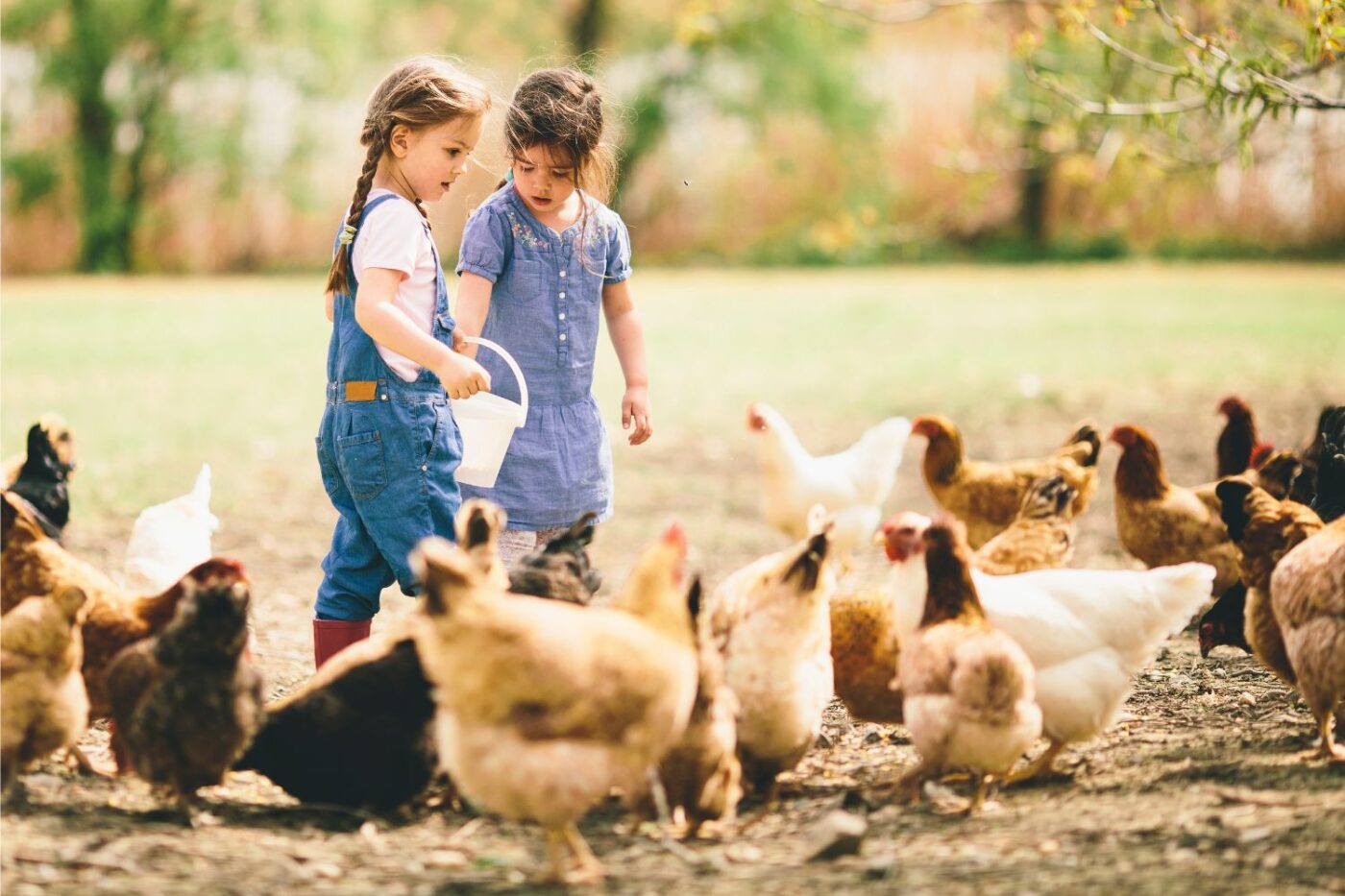
Besides the main costs of raising backyard chickens, there will always be those little extras that seem to pop up here and there. When planning for your flock, remember to plan for feeders and waterers. A small feeder will cost $20 – $25 while a heavy-duty model with a capacity for up to 50lbs of feed at a time will run $50 – $70. A 5-gallon waterer will provide days of fresh water for your flock and only costs about $35. Other costs that might factor in from time to time are pest control, such as diatomaceous earth for treating lice and mites, and any medications needed to keep your flock happy and healthy.
Raising Chickens: Everything You Need To Know!
FAQ
How much does chicken usually cost?
Going back to November 2022, chicken breast costs have fluctuated from a high of $4.15 to a low of $3.24 — with the average price during that time sitting at $3.50 per pound.
How long will a 50 lb bag of chicken feed last?
How much do chickens cost today?
Baby chicks can cost between $3 and $5, and egg laying hens can cost between $20 and $50 depending on age.
How much does it cost to buy 10 chickens?
Chickens: $5 per chick
The cost of chickens varies, but on average, you can expect to pay around $3-$5 per chick. Keep in mind that you will need at least two chickens for proper socialization and egg production. Most flocks have roughly 8-10 chickens.
How much does a chicken cost?
Unless you know someone who has a chicken surplus, you’ll need to pay up. Baby chicks can cost between $3 and $5, and egg laying hens can cost between $20 and $50 depending on age. If you want a fancier breed of chicken, you can expect to pay a premium for both chicks and hens. Since chickens are social, you’ll need at least two chickens.
How much do baby chickens cost?
Baby chicks: The cost of chickens varies, but on average, you can expect to pay around $3 to $5 per chick. But remember, you’ll need at least two chickens for proper socialization and egg production. So, if you buy four chicks, it’ll cost you around $12 to $20 in total.
How much does it cost to feed a chicken?
Here’s a breakdown of the expenses. Feed: Chicken feed, at least in the U.S., is typically made of grain, protein supplements like soybean oil meal, mineral supplements and vitamin supplements. The cost can vary depending on local access, but usually, the price is around $36 to $50 monthly to feed about four chickens.
How much does it cost to breed a chicken?
But if you do intend to breed new flocks, you’ll also need the following: From saving for the future to understanding credit, see how families are thriving with Greenlight. The cost of chickens varies, but on average, you can expect to pay around $3-$5 per chick.
How much does a chicken eat a year?
On average, a single backyard pet chicken will eat 91 pounds of feed per year. A flock of 6 chickens will eat almost 550 pounds of feed annually. A 50-pound bag of chicken feed costs $20 on average. Feeding 6 chickens annually will cost about $220.
How much does it cost to raise chickens?
The one-time start-up cost of raising chickens is at least $162, assuming you’re raising four egg-laying chickens. Some jurisdictions require getting a license or paying a fee to raise them, but we left out that cost because not every area requires it. Here are some costs you’ll need to factor in at the beginning.
